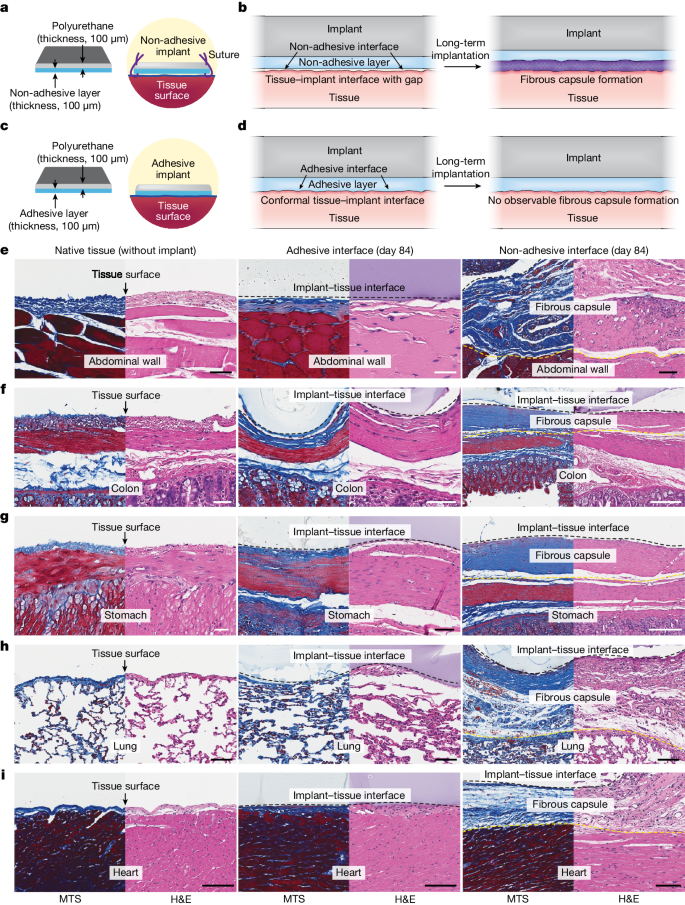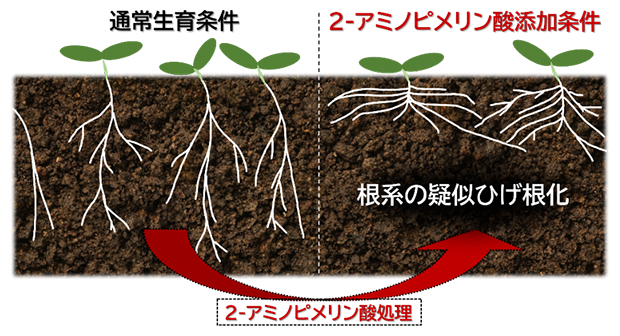2024-05-22 ペンシルベニア州立大学(PennState)
<関連情報>
- https://www.psu.edu/news/research/story/type-2-diabetes-treatment-found-impact-fungal-community-human-gut/
- https://journals.asm.org/doi/10.1128/mbio.00169-24
2型糖尿病の腸内マイコバイオームにおける変化がメトホルミン治療と関連することが集団間で判明 Changes in the type 2 diabetes gut mycobiome associate with metformin treatment across populations
Emily Van Syoc, Michelle Pistner Nixon, Justin D. Silverman, Yuhong Luo, Frank J. Gonzalez, Ilze Elbere, Janis Klovins, Andrew D. Patterson, Connie J. Rogers, Erika Ganda
mBio Published:20 May 2024
DOI:https://doi.org/10.1128/mbio.00169-24

ABSTRACT
The human gut teems with a diverse ecosystem of microbes, yet non-bacterial portions of that community are overlooked in studies of metabolic diseases firmly linked to gut bacteria. Type 2 diabetes mellitus (T2D) is associated with compositional shifts in the gut bacterial microbiome and the mycobiome, the fungal portion of the microbiome. However, whether T2D and/or metformin treatment underpins fungal community changes is unresolved. To differentiate these effects, we curated a gut mycobiome cohort spanning 1,000 human samples across five countries and validated our findings in a murine experimental model. We use Bayesian multinomial logistic normal models to show that T2D and metformin both associate with shifts in the relative abundance of distinct gut fungi. T2D is associated with shifts in the Saccharomycetes and Sordariomycetes fungal classes, while the genera Fusarium and Tetrapisipora most consistently associate with metformin treatment. We confirmed the impact of metformin on individual gut fungi by administering metformin to healthy mice. Thus, metformin and T2D account for subtle, but significant and distinct variation in the gut mycobiome across human populations. This work highlights for the first time that metformin can confound associations of gut fungi with T2D and warrants the need to consider pharmaceutical interventions in investigations of linkages between metabolic diseases and gut microbial inhabitants.


